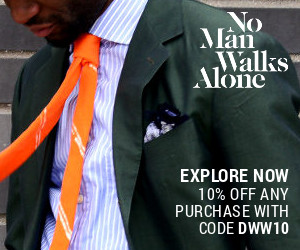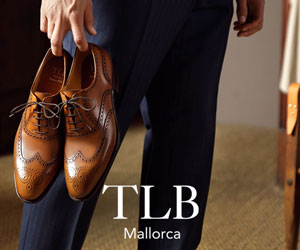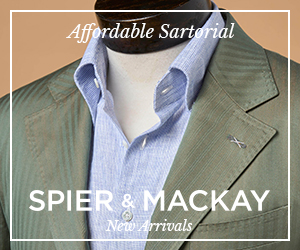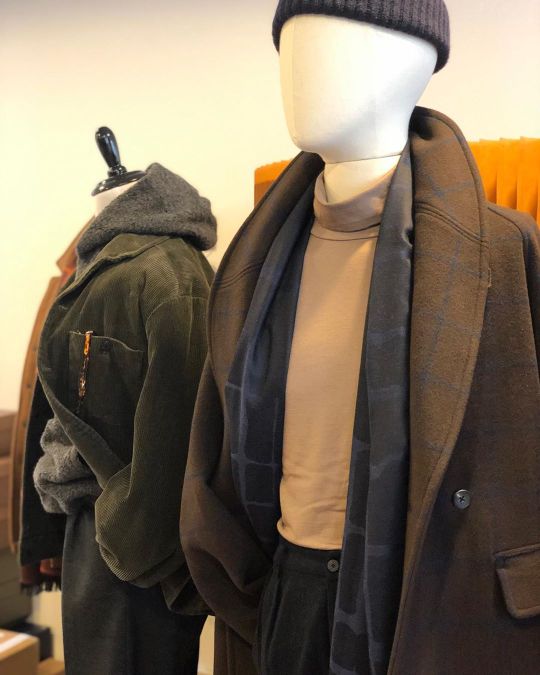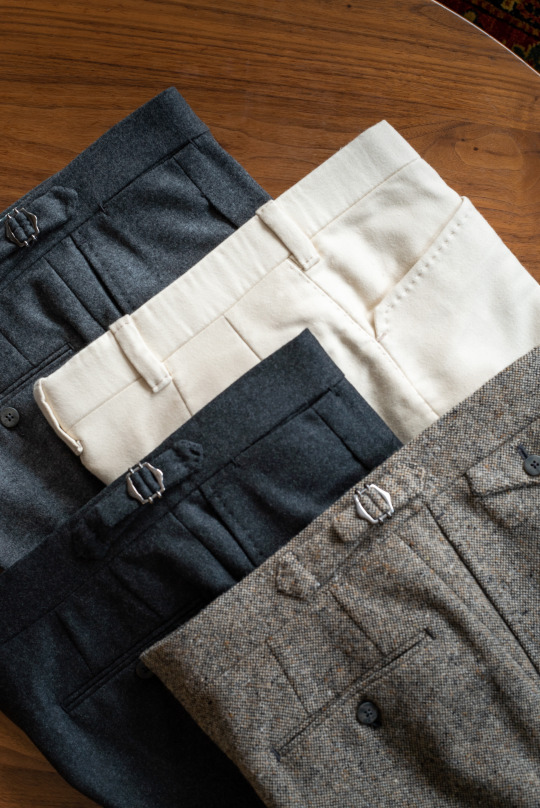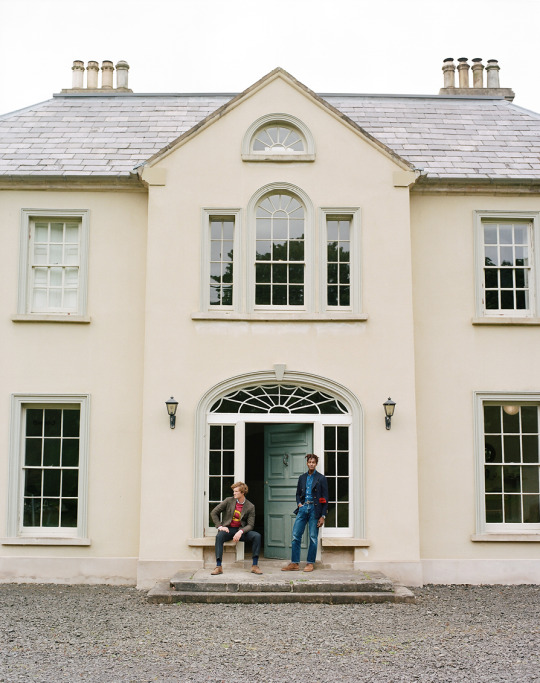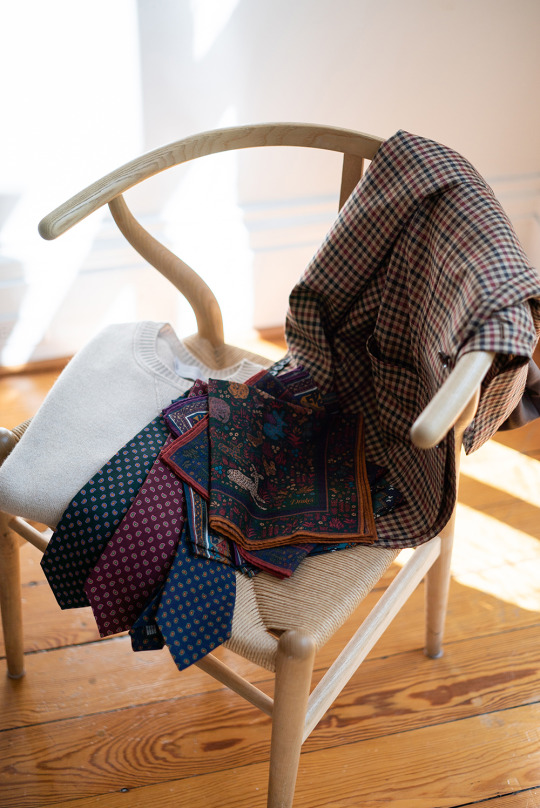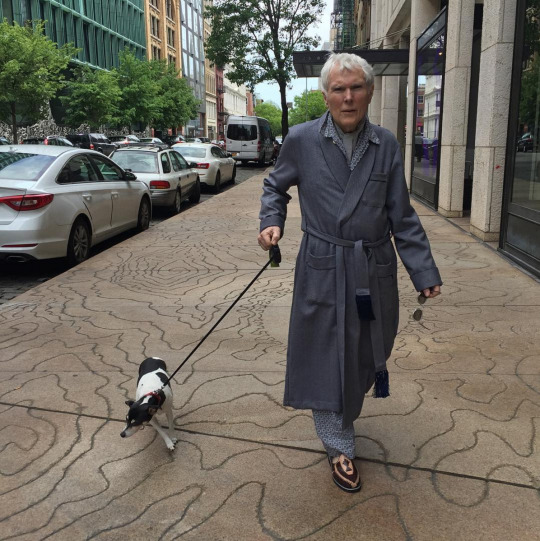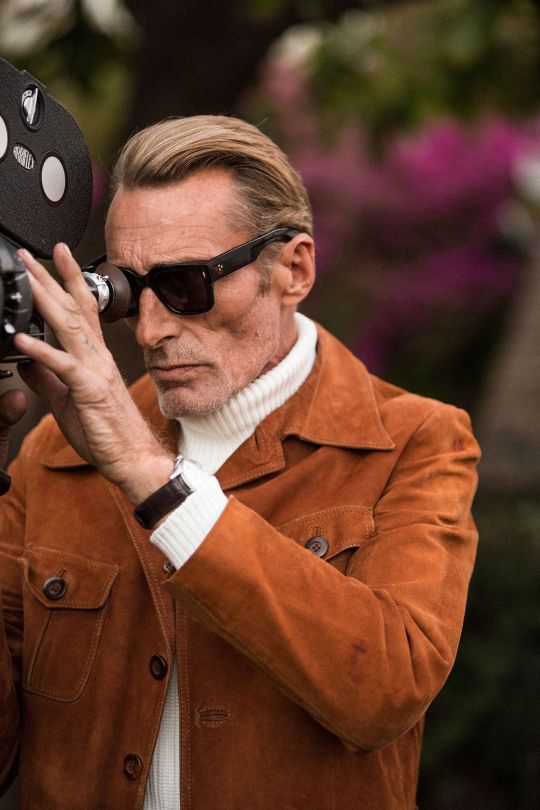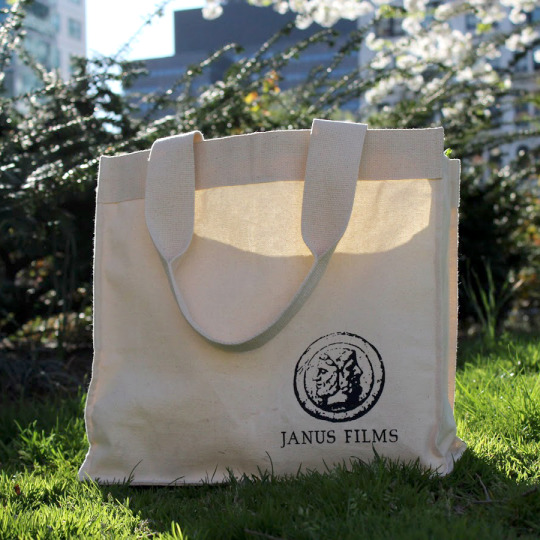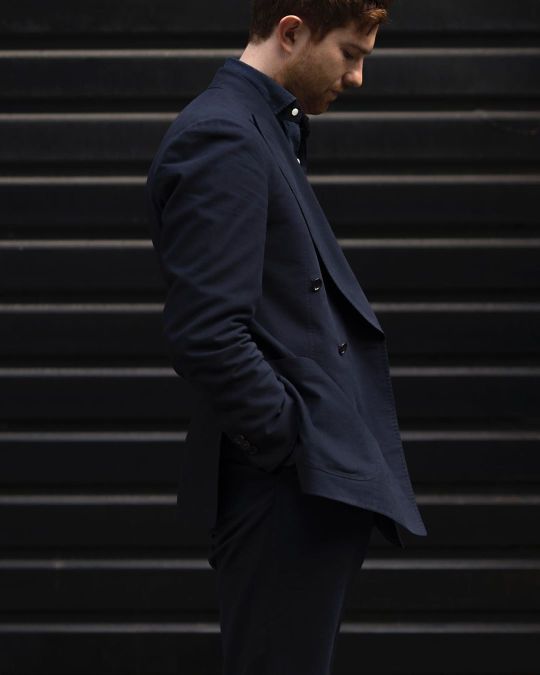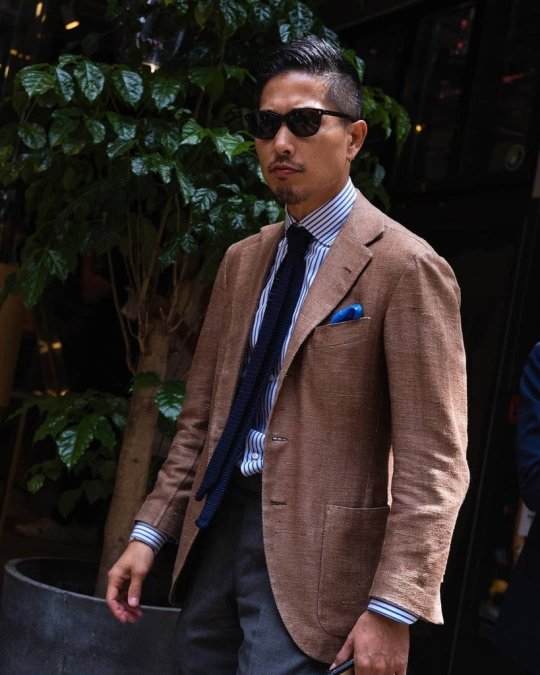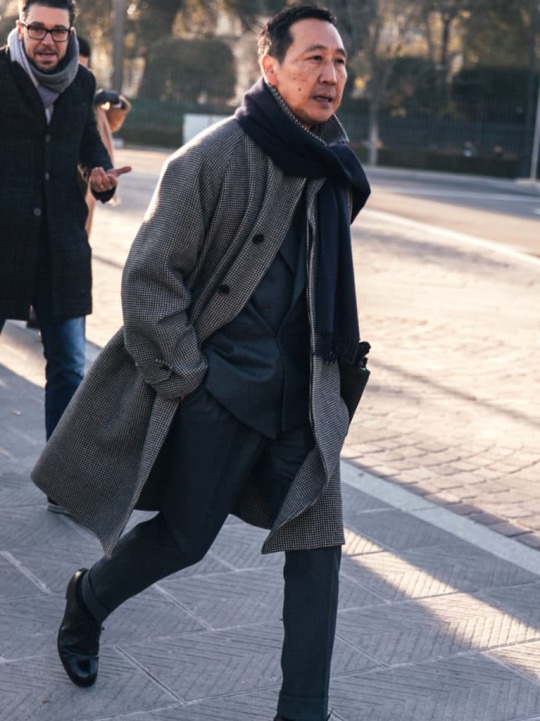
In his book Gentleman, Bernhard Roetzel opens his chapter on overcoats with an amusing observation about dress coat culture. Superficially, outerwear is designed to keep us warm and protected from the elements. But even in temperate climates, overcoats figure into people’s wardrobes because people feel a need to put things on and take them off. Dress coats are part of the language of making an entrance, a gesture that’s first communicated through old films and TV shows. There’s something romantic about shuffling a coat off your shoulders before you sit down at a bar or restaurant.
“By putting on his overcoat, a man indicates his intention to leave. By taking it off, he indicates that he has arrived,” Roetzel writes. “Only when he has been relieved of his overcoat does he begin to make his entrance. But the man who arrives without taking off his overcoat is signaling reserve, distrust, or just indecision. ‘Later the whole crowd went to a bar, where at first everybody stood around in the overcoats …’ wrote Max Frisch in Gantenbein (also known as A WIlderness of Mirrors), outlining in a few words a situation that is as yet unresolved.”
Perhaps that’s why I find raglan overcoats so appealing. In my mind, they’re like a modern version of a cape, the most dramatic of entrance clothing. I can imagine myself curling a coat’s edge between my fingers and palm, then swirling the coat behind me before it settles cleanly on my shoulders. Naturally, you’ll need to ask friends and family members to stand back, so the swirling cape — or I mean coat — doesn’t hit them in the face. If there are enemies nearby, however, give them no warning.
Keep reading


